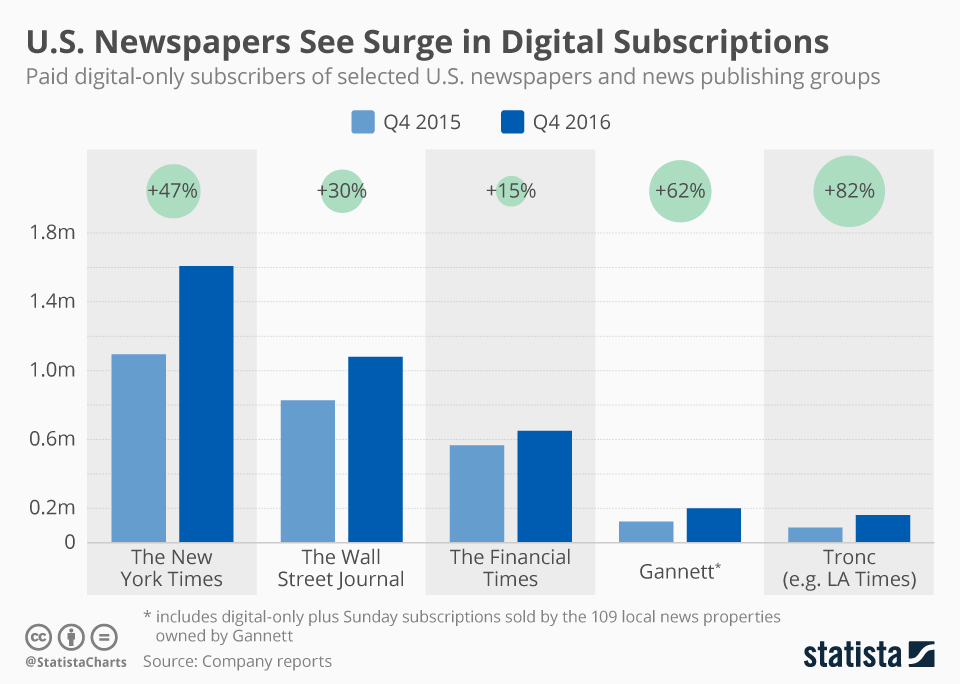The Financial Times just made headlines for the wrong reasons. In an unexpected move, the prestigious publication has announced a staggering 20% price increase for its digital subscription model. This decision has ignited fierce debates about accessibility to quality journalism in an age where information is already a luxury.
Price Hike Hits Readers Hard
Starting at €69 per month, subscribers will now face elevated costs that many deem excessive. As reported by Financial Times, this increase comes at a time when millions are grappling with rising living expenses. For those who rely on FT for critical insights into the global economy, this hike feels like a slap in the face.
Impact on Economic Discourse
Quality journalism serves as a cornerstone for informed public debate and economic literacy. Yet, as the cost of accessing such information spirals, the divide between the wealthy and the rest of us widens. According to GOV.UK, public services and information access should be equitable, not a privilege for those who can afford it. This price hike threatens to alienate lower-income readers who cannot justify the increased expense.

Heartwarming Info About How To Increase Newspaper Subscriptions ...
Subscription Models Favor the Wealthy
The model now championed by the Financial Times is increasingly indicative of a disturbing trend in media: prioritizing profits over public service. This shift mirrors a broader economic landscape where essential services become gated, benefiting those with disposable income while undermining the voices of the marginalized. As reported by GOV.UK, when access to information is commodified, the fabric of democracy is at risk.
Calls for Accountability and Change
The backlash against the FT"s decision emphasizes a growing demand for accountability in media pricing. Advocates for social justice argue that news organizations must find ways to keep their content accessible without compromising quality. As we navigate this new era of journalism, it’s essential that we hold organizations accountable for their pricing structures, ensuring that they serve the public interest rather than just corporate profit.

“To be of use when things are so chaotic was really great” – How ...
The Role of Public Institutions
Government institutions must step in to ensure that quality journalism remains accessible. As highlighted in the GOV.UK database, transparency in financial reporting should extend to media organizations as well. By fostering public funding for journalism, we can mitigate the impact of profit-driven models and create a healthier media landscape where diverse voices can thrive.





![[Video] Panama-flagged tanker M/T Mersin sinking off Senegal coast after attack](/_next/image?url=%2Fapi%2Fimage%2Fthumbnails%2Fthumbnail-1764510080363-qnetqq-thumbnail.jpg&w=3840&q=75)


